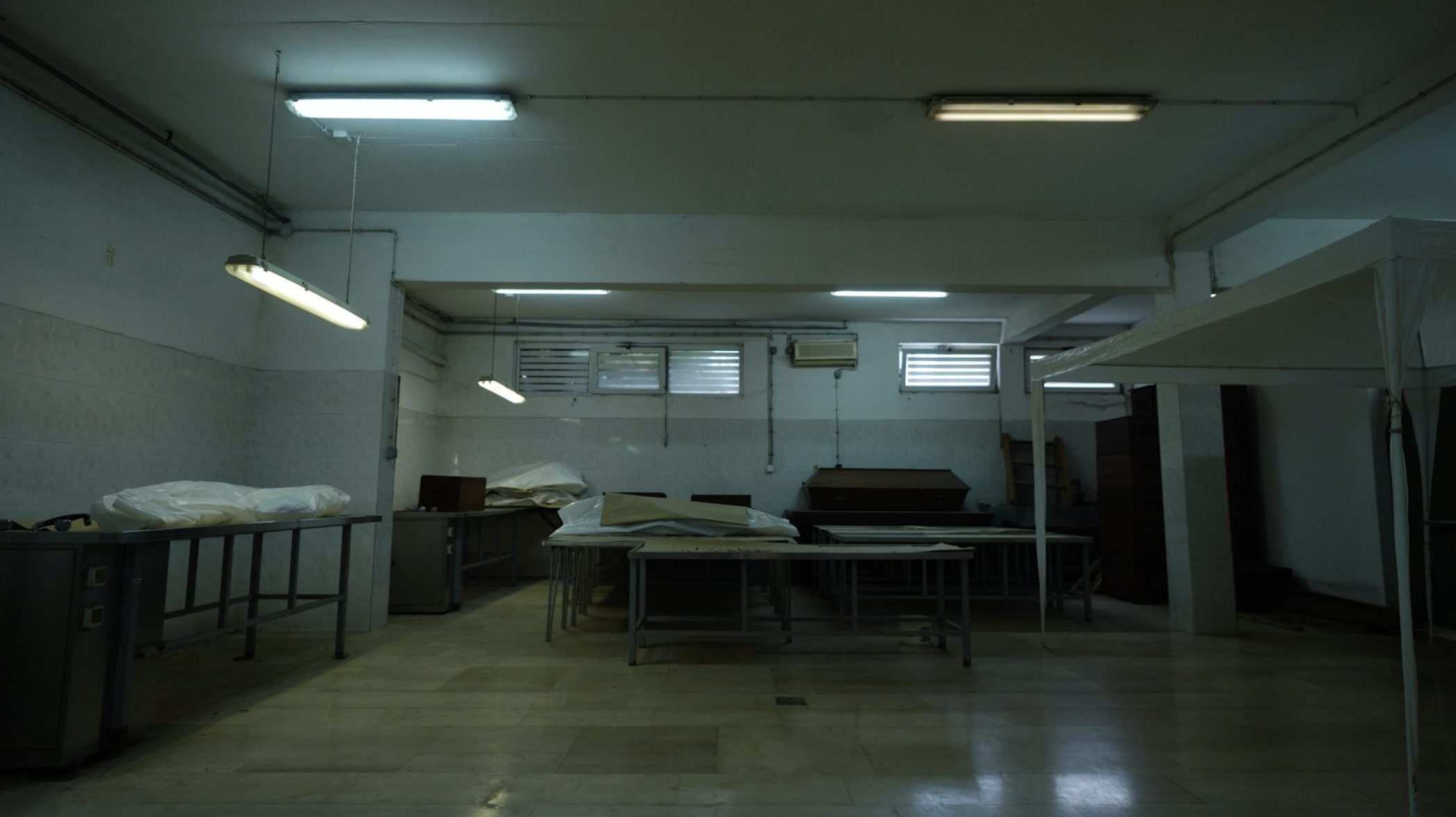This post is also available in: Bosnian
As the trial of Ratko Mladic continues, the Defence tries to deny findings by Prosecution’s mine-thrower expert Richard Higgs that the grenade, which killed and wounded tens of civilians at Markale market place in Sarajevo in the winter of 1994, was fired from Serb positions.
At a request by The Hague Prosecution, British Officer Higgs reviewed reports on results of several investigations conducted by UNPROFOR and Sarajevo police following explosions in the city, including two artillery attacks on Markale market place. During his testimony Higgs confirmed the findings of those investigations, which said that the grenades were fired from Serb positions.
Presenting photographs from the market place and sketches made during the investigations, Mladic’s Defence attorney Branko Lukic suggested that the grenade could not have hit the ground due to densely distributed stalls with flat roofs.
Higgs said that he “did not see any pieces of evidence about the distribution of stalls”, adding that “the investigations determined that the grenade exploded on the ground” and that it did not hit any of the market stall roofs.
Attorney Lukic then suggested that stalls were not depicted correctly on drawings made by Sarajevo police during the investigation, adding that the drawings depicted them as having sloped, instead of flat roofs, and different width.
“Yes, it seems so,” the Prosecution’s expert said.
Mladic, former Commander of the Republika Srpska Army, VRS, is charged with terrorizing civilians in Sarajevo through long-lasting shelling and sniping. The indictment charges Mladic with genocide in Srebrenica, persecution of Bosniaks and Croats throughout Bosnia and Herzegovina, which reached the scale of genocide in seven municipalities, and taking UNPROFOR members hostage.
The indictment alleges that 66 citizens were killed and more than 140 wounded in a mine-thrower explosion at Markale on February 5, 1994.
Presenting a photograph of a fallen stall taken after the explosion, Mladic’s Defence attorney said that traces of explosion could be seen on its bottom part, suggesting that the mine was set up underneath the stall.
While opting out by saying that it was “difficult to respond”, Higgs said that, in case that there were “really some burn marks” on the bottom part of the stall, it “could be possible” that those were explosion marks.
The Defence said that it was not possible for the grenade tail, which was found at Markale, to be stuck into the asphalt and completely covered with waste material, as shown on TV recordings.
However, Higgs responded by saying that, under certain conditions, it was usual for a grenade tail to be fully covered with pieces of the surface on which the projectile fell and exploded.
Defence attorney Lukic is due to continue cross-examining Higgs on Friday, November 8.


